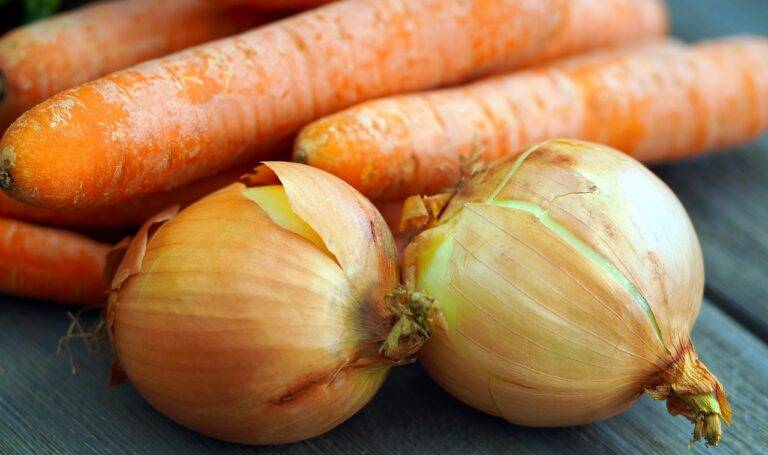Exploring the World of Traditional Teas and Coffees
Traditional teas offer a plethora of health benefits due to their natural ingredients and minimal processing. Green tea, for example, is renowned for its high levels of antioxidants that can help boost the immune system and protect against chronic diseases. Additionally, black tea contains compounds that may aid in improving heart health and lowering bad cholesterol levels.
Furthermore, herbal teas are known for their calming properties, making them ideal for relaxation and stress relief. Chamomile tea, in particular, is popular for its soothing effects on the body and mind, promoting better sleep and reducing anxiety. With their diverse range of flavors and health benefits, traditional teas are a wonderful addition to any daily routine.
History of Tea Cultivation
Tea cultivation dates back thousands of years and is believed to have originated in China during the Shang dynasty. Legend has it that Emperor Shen Nong discovered tea when a leaf from a wild tea tree fell into his pot of boiling water. This marked the beginning of tea cultivation in China, which eventually spread to other regions across Asia.
Over time, tea became an integral part of Chinese culture and was not only enjoyed for its flavor but also for its medicinal properties. As trade routes opened up, tea made its way to Japan, where it was embraced by monks and aristocrats alike. Tea ceremonies became a significant cultural practice in Japan, emphasizing mindfulness and respect for the brewing and serving of tea.
When was tea first cultivated?
Tea cultivation dates back to ancient China, with records indicating that tea was being grown as early as 2737 BC.
What are some of the traditional benefits of tea?
Traditional teas, such as green tea, black tea, and oolong tea, are known for their antioxidant properties, ability to boost metabolism, and potential to improve overall health.
How did tea cultivation spread to other parts of the world?
Tea cultivation spread from China to other parts of Asia, such as Japan and India, through trade and cultural exchange. Later, European colonial powers also played a role in introducing tea cultivation to regions like Africa and South America.
How has the history of tea cultivation influenced modern tea production?
The traditional methods of tea cultivation, such as hand-picking and sun-drying the leaves, have been adapted and modernized to meet the demands of today’s global tea market. However, many tea producers still adhere to traditional practices to maintain the quality and authenticity of their teas.





